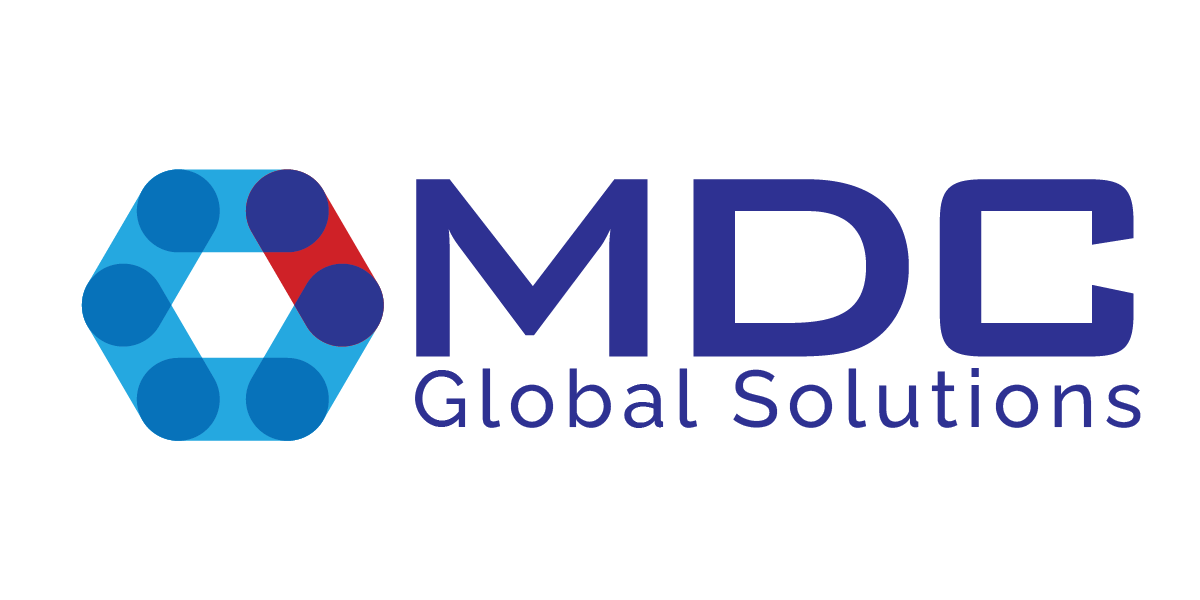Ongoing supply chain issues have impacted nearly every industry worldwide, and the federal government is no exception. From healthcare to humanitarian aid, military supplies, and more, effective supply chain management can be the make-or-break point between a mission that achieves its objectives and one that does not.
When it comes to creating successful supply chain processes, there are many different factors that you need to take into account. Costs and material availability are only the beginning. You also need to consider current geopolitical conflicts; foreseeable (and unforeseeable) snags in shipping, receiving, and transport; how key stakeholders will be kept apprised of ongoing developments; and who needs to know what information.
All these factors and more are critical when preparing for unexpected and rapidly changing conditions. An experienced operations partner can help ensure mission success.
Without Good Data, There Can Be No Good Decisions
Data governance is an important piece of the supply chain under the best of circumstances, but it’s even more critical in today’s shifting landscape. A strong governance structure acts as the framework that ensures we can trust the data we’re responding to, helping to improve things like clinical and financial decisions alike.
Without a good data governance structure in place, agencies run the risk of over or under ordering key essential supplies or even running out of supplies altogether. Consider the Defense Logistics Agency (DLA), for example. As the combat logistics support agency for the DoD, the DLA plays a crucial role in supporting warfighters. If the DLA were to make a poor decision because of flawed data governance structures, that has a direct impact on our nation’s warfighters.
Clearly defined data also helps us identify ongoing challenges to the supply chain so that we can better prepare for delays, understand their impact, and work to find viable alternatives. But in order for that to happen, we need accurate and timely reporting.
As Supply Chain Challenges Grow, Flexibility Is Key
While there’s a limit to the amount of control we have over the supply chain, part of being a dynamic leader is knowing how to find alternatives and substitutes for limited supplies. At MDC, for instance, we hold decades of collective experience and manage billions of dollars in government resources. This has taught us how to break down supply chain barriers and understand when it’s necessary to work outside of approved vendor lists.
Consider the industrial base. The U.S. imports goods today that we used to manufacture for ourselves. And while this move towards globalization has helped reduce costs and increase access to products and services that we couldn’t otherwise attain, it has also opened us up to greater supply chain disruptions like those we’re currently experiencing.
A vendor like MDC can help government agencies create flexible contingency plans that are designed to overcome shifting challenges to the global supply chain. It starts with helping our customers understand and articulate their criteria for any given product. From there, we can help clients identify suitable alternatives that still meet their requirements without focusing exclusively on brand or approved vendors.
Creating Long-Lasting Change Comes Down to Communication
Identifying solutions to supply chain challenges is just the first step. In order to create long-lasting practices that are built for success, government agencies also need buy-in from employees at every level — not just top leadership. Without strong communication and employee-wide consensus, changes to the supply chain process become a function of personality rather than a function of process. And once the personality that was driving the change is no longer involved, processes will all too often revert back to their previous form.
The private sector is one area where we have seen this done well. Some hospital systems have deployed a team of onsite clinicians that support the supply chain and help hospital administrators make better clinical decisions. These Clinical Resource Directors are able to embed evidence-based best practices and their understanding of the latest medical tools, advancements, and procedures into the supply chain to get better buy-in from the hospital staff involved in daily operations.
A similar model can be applied to the defense sector. For example, the Defense Health Agency (DHA) currently operates under a fragmented supply chain model. Local hospitals manage their own supply chains and without consistency or best practices, they’re not getting their best value. An agency like MDC can be leveraged as part of a multi-disciplinary team to bring in an analytical approach that’s backed by experience — helping to identify areas of opportunity where the supply chain can be improved and source buy-in from key decision makers across all areas of the agency.
We can’t control global supply or demand, and it can be difficult to predict when certain products will become readily available again. But with thoughtful supply chain processes informed by data and guidance from experienced partners, government agencies can create enduring channels to obtain critical goods.




